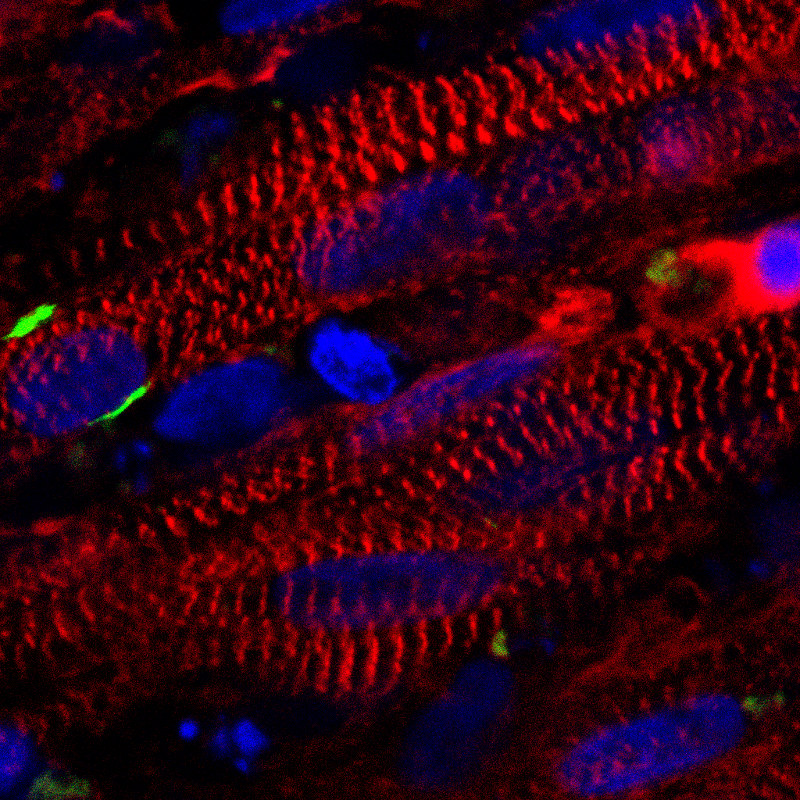Stem Cells That Will Not Be Rejected Will Bring Mass Produced Stem Cell Treatments
CRISPR-Cas9 gene-editing system has made pluripotent stem cells that are functionally “invisible” to the immune system which will prevent rejection of stem cell transplants. Universal stem cells can be produced that will work for everyone and there will not be the need for personalized stem cells. This will bring mass production of stem cells for …











